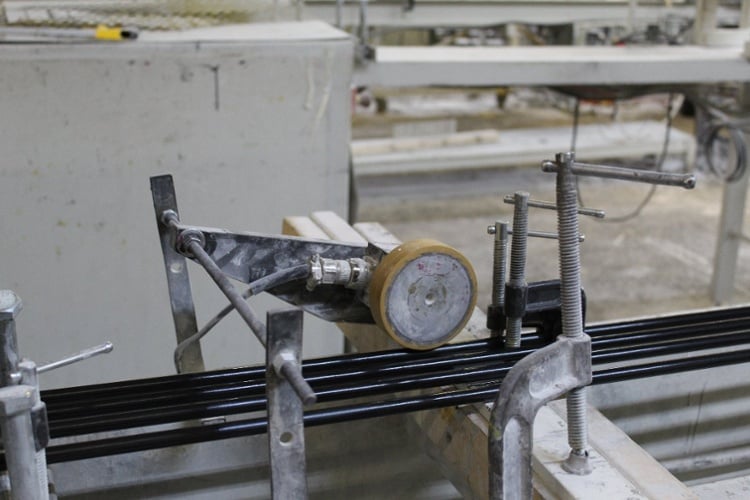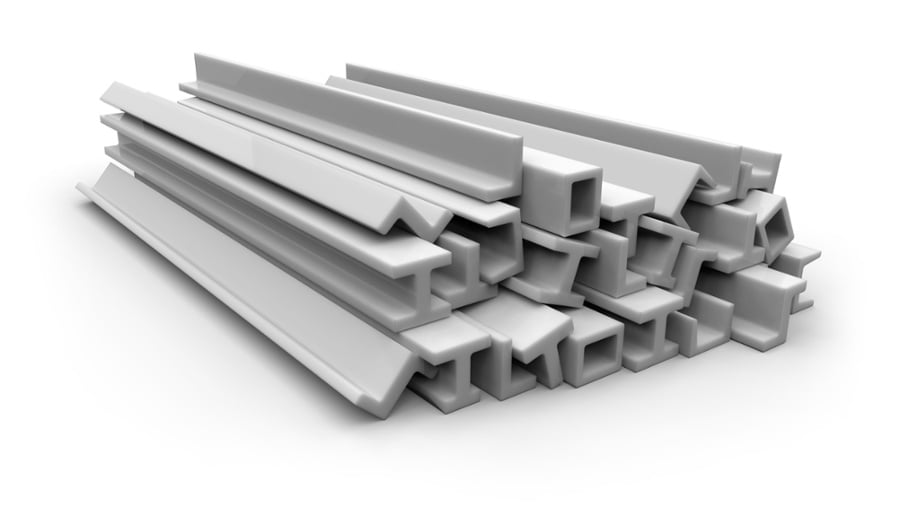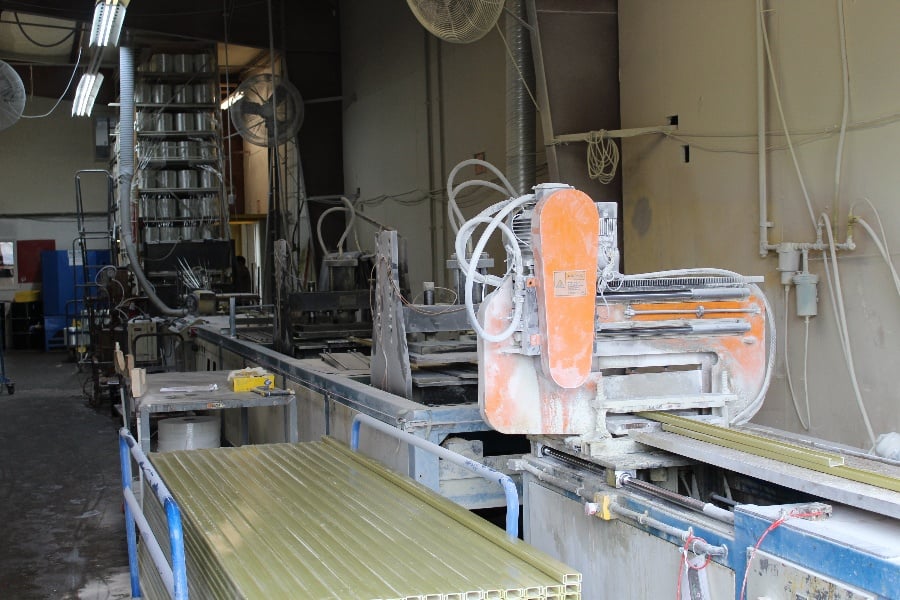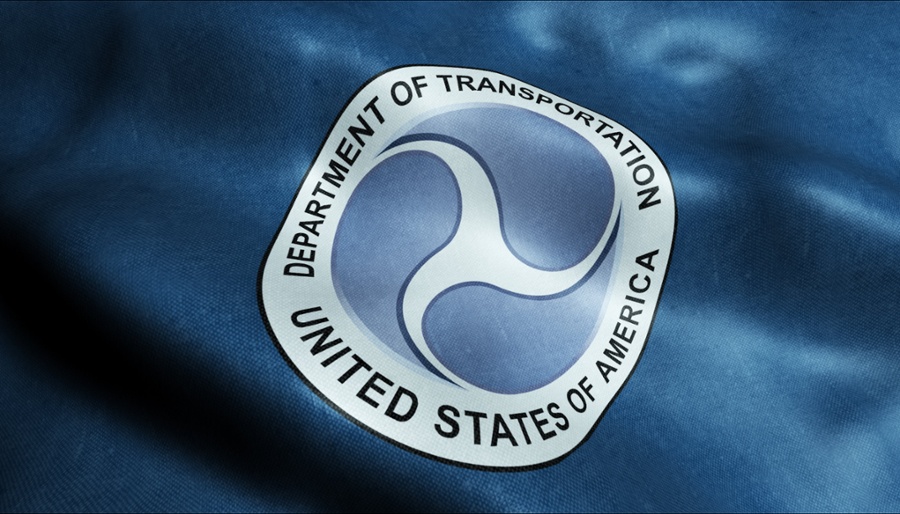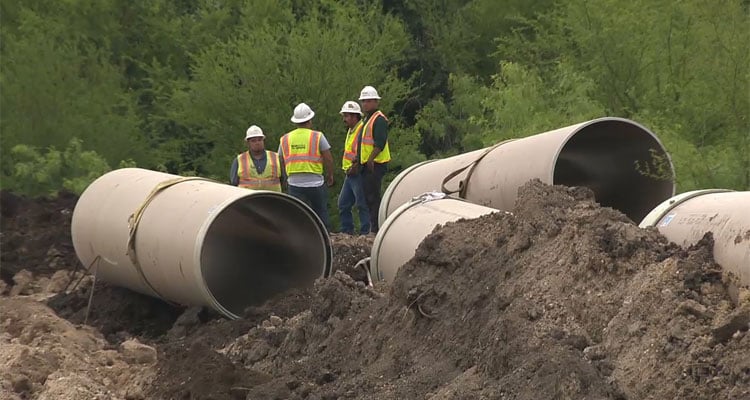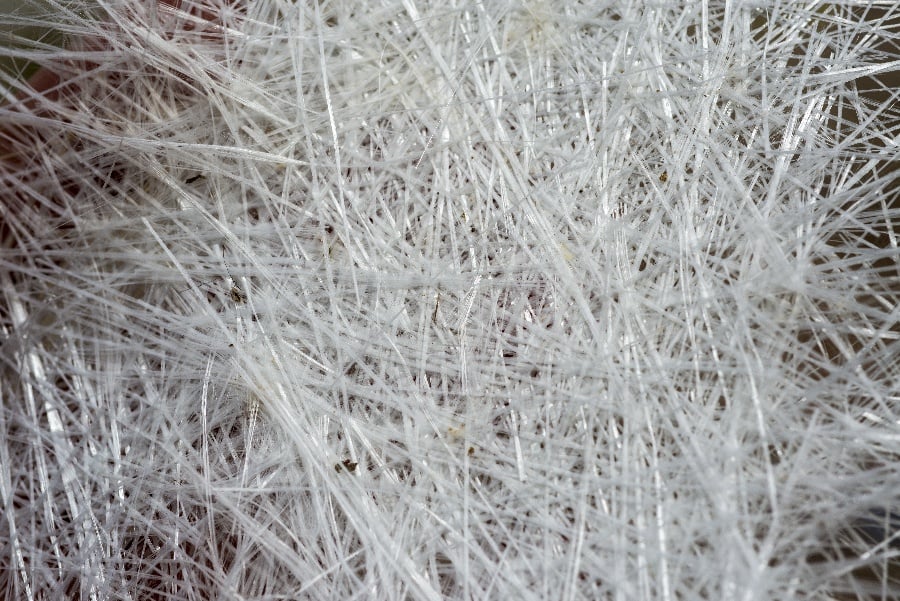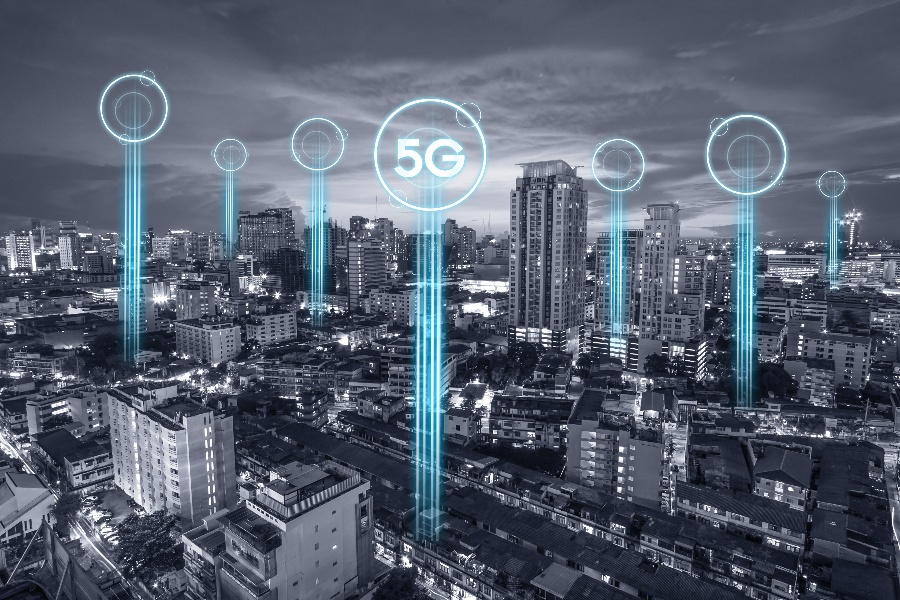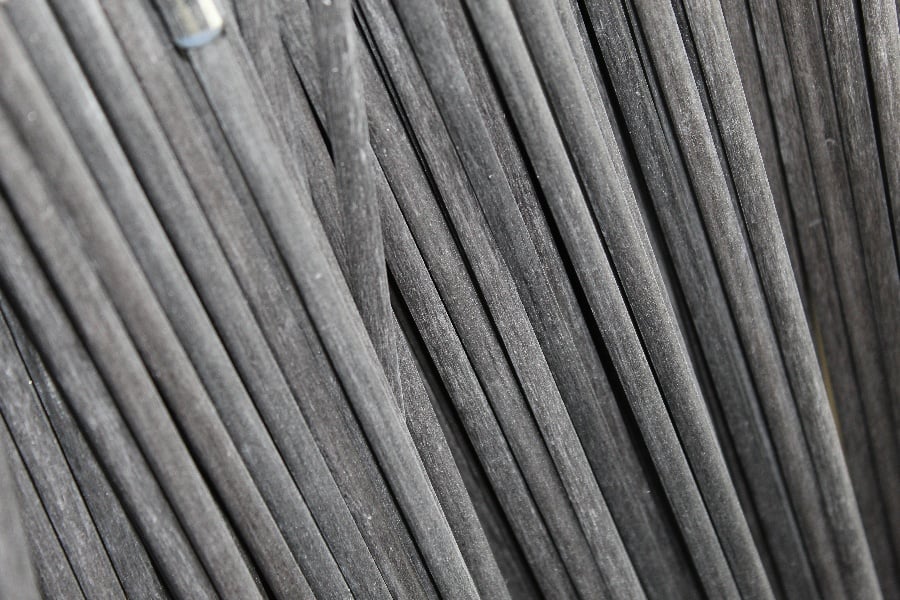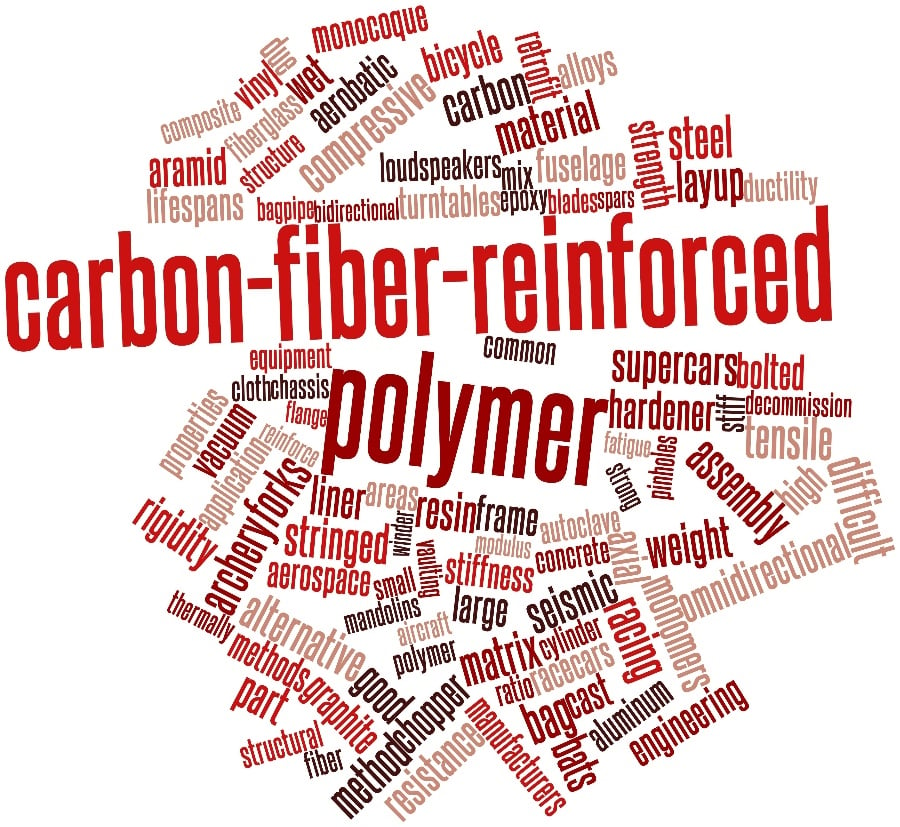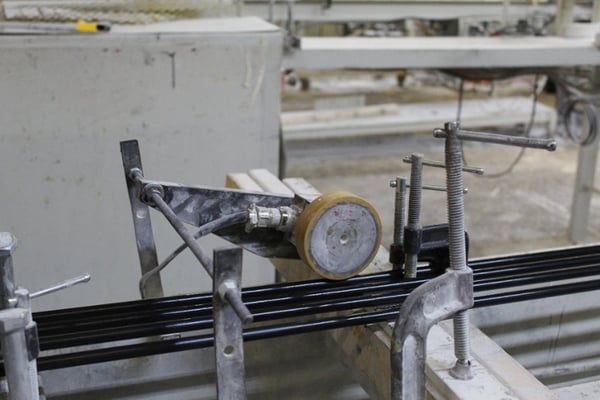
As technology evolves, many industries require specific parts with properties that can't be matched by traditional materials (e.g., steel, aluminum, wood.) Many verticals need options that are both durable and lightweight to meet fast-evolving and unique requirements.
Pultruded fiberglass has been used for many years in various industries. Today, it's an indispensable part of the global manufacturing economy and the material of choice for verticals such as construction and utility.
In this article, we'll look at the unique properties, the wide range of applications, and the many advantages of pultruded fiberglass rods:
What Are Pultruded Fiberglass Rods?
Pultruded fiberglass rods are made of a composite material that consists of polyester resin and fiberglass. They have unique characteristics that are suitable for a wide range of applications in various industries such as manufacturing, construction, utility, motor vehicles, telecommunications, and more.
The pultrusion process allows the rods to be formed into almost any shape and customized to meet the needs of different applications. Some common stock shapes include solid rods, tubes, bar stock, oval solids, channels, half rounds, and tees.
The characteristics of pultruded fiberglass rods are determined by the composite matrices, which are achieved by varying the resin system and glass content properties. Conductor rods are produced by co-pultruding the fiberglass-reinforced resin with copper wires.
As such, fiberglass rods can be manufactured to meet a wide range of requirements for specific designs and applications. They can be machined, butted, slotted, chamfered, rounded, and pointed easily with simple tools.
In addition, the composition of these rods can be varied to provide extra high strength, tolerate different temperature ranges, or offer flame-retardant, track-resistant, and corrosion-resistant qualities.
What's a Pultrusion Process?
This manufacturing process converts reinforced fibers and liquid resin into a fiber-reinforced plastic using a pulling method, as opposed to a pushing method used in an extrusion process.
The first step in the pultrusion process is to saturate the fibers by pulling them through a resin impregnator containing a bath made of epoxy, polyurethane, polyester, and/or vinyl ester.
Often, fillers and additives such as colorant, fire inhibitors, and UV retardants are blended into the bath to enhance the finished product.
Next, the saturated fibers enter a “pre-former” tool that squeezes out excess resin and shape the fiber reinforcements. The composite is then pulled through a heated steel die, which cures the thermosetting resin to create a solidified polymer of the intended shape and size.
Lastly, the hardened polymer is pulled toward a cutting blade so it can be cut into the desired length. Urethane pull blocks are used to prevent the finished product from cracks, distortion, and deformation during this process.
Compared to extrusion, pultruded materials demonstrate higher tensile strength because of the continuous length of reinforcing fibers -- making them lightweight yet strong.
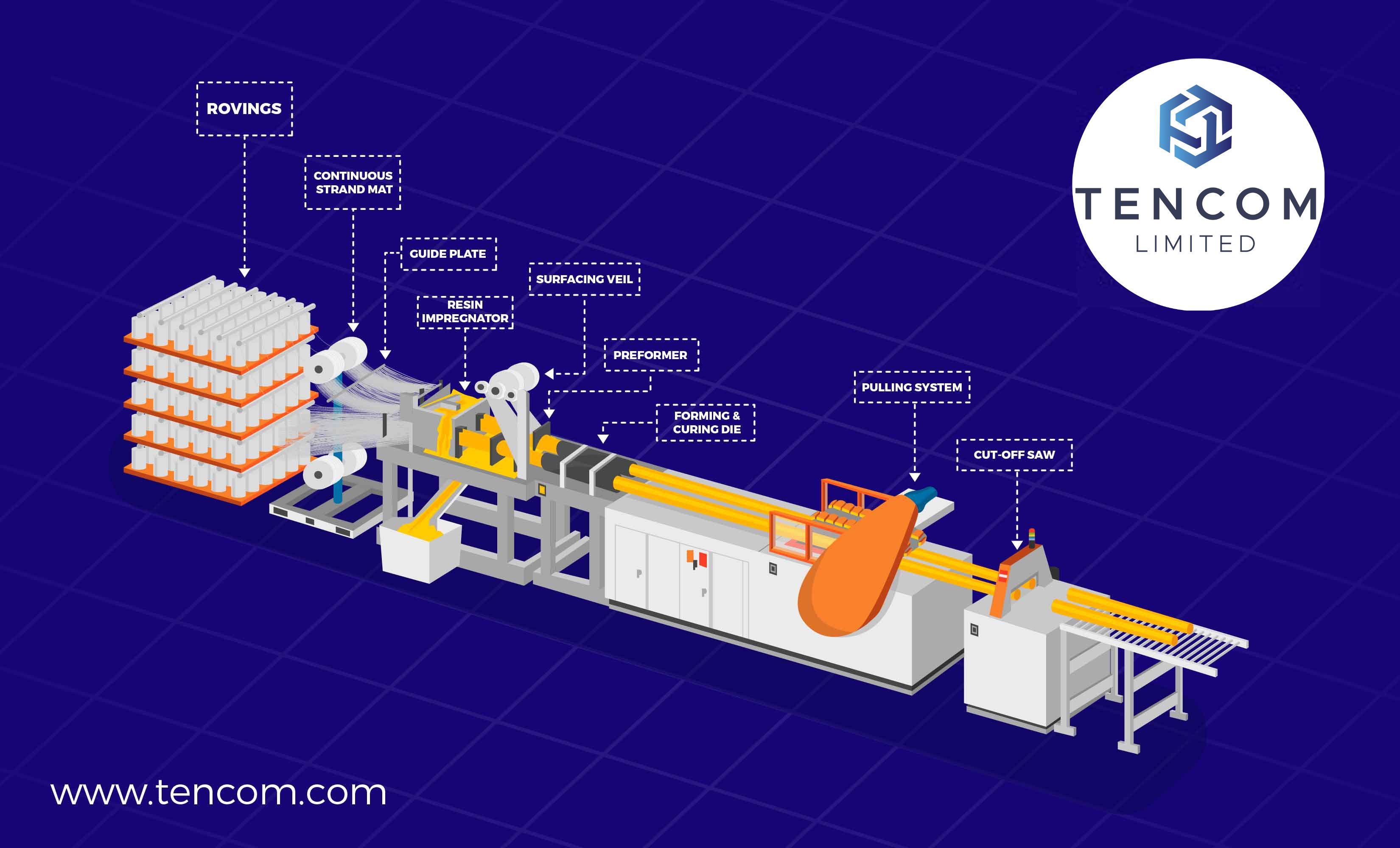
Common Applications Of Pultruded Fiberglass Rods
Thanks to its flexibility in shapes, sizes, and properties, pultruded fiberglass rods have a wide range of applications in the electrical, utility, consumer, sporting goods, construction, infrastructure, and telecommunications industries.
For example, it's used by:
- The construction industry to create items such as window, door, or frame profiles and reinforcements, pipe and electrical supports, and roll-up door panels.
- Utility providers for items including utility poles, cross arms, and line markers, electrical lines and trunking, wastewater and water treatment components, non-conductive ladder rails, and fiber optic cabling.
- Infrastructure and civil engineering projects for items such as bridge components, corrosion-resistant guardrails, antenna housing, railway crossing arms, and highway sound barriers.
In addition, pultruded fiberglass rods are used in many other verticals and applied to the manufacturing of plant stakes, transformer spacers, isolation rods, cable support rods, corrosion-resistant equipment, food-processing machines, tent and flag poles, window shades, retaining wall pins, advertising panels, antennas, and more.
The Advantages Of Using Pultruded Fiberglass Rods
Thanks to the flexibility of the resin mix, pultruded fiberglass rods are easy to work with. Their non-reactive nature also makes them longer-lasting and safer than many other materials:
- Unlike wood or timber, pultruded fiberglass rods don't rot, mold or warp and aren't affected by mildew or insect infestation. It's lighter, stronger, easier to work with, and more rigid. They don't require additional weather-proofing (e.g., costly coatings, preservatives or films,) require lower maintenance cost, and have a much longer lifecycle.
- Compared to steel, pultruded fiberglass rods are non-conducting both thermally and electrically, corrosion-resistant, and can be as much as 75% lighter without sacrificing any strength. It offers long-term cost-saving benefits by lowering the long-term expense associated with replacing corroded and oxidized materials due to weather, moisture, and chemical exposure.
- Unlike aluminum, pultruded fiberglass rods are lightweight, non-conductive, and highly corrosion-resistant. They're impact-resistant, offer higher dimensional stability, and don't interfere with radio waves and EMI/RFI transmissions -- making it an optimal solution for many types of radio, radar, and antenna applications.
For example, steel rebar used in infrastructure such as bridges are prone to corrosion and are responsible for tremendous maintenance costs over a structure's lifespan. In fact, over 54,000 out of 615,000 bridges are considered structurally deficient in the US.
On the other hand, fiberglass rebar can maintain their micro-structural integrity and mechanical properties for over 15 years with very little maintenance. This results in a significant reduction in lifecycle costs while enhancing the durability and long-term performance of a structure.
Also, pultruded fiberglass rods can be fabricated with simple tools without the need for welders. They're inexpensive and easy to transport, making it easy for designers, builders, and manufacturers to respond nimbly to fast-changing market demands.
Pultruded fiberglass rods are also easy to install and don't require costly special equipment, making it an ideal material for specific parts that need to be strong and lightweight in verticals such as motor vehicles, railway, and aerospace.
Last but not least, the long service life and simple maintenance requirements of pultruded fiberglass rods translate into low energy consumption through a product's lifecycle -- helping meet sustainability goals that are of high priority in many industries.
Final Thoughts
The use of pultruded fiberglass rods allows for rapid, cost-effective, and high-volume manufacturing of structural components that are strong, durable, and lightweight while keeping maintenance cost low.
Not to mention, the virtually infinite customization options means the materials are highly adaptable and can be used to meet the fast-evolving needs of many industries and technologies without a high added cost.

